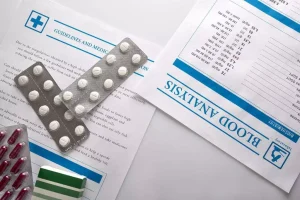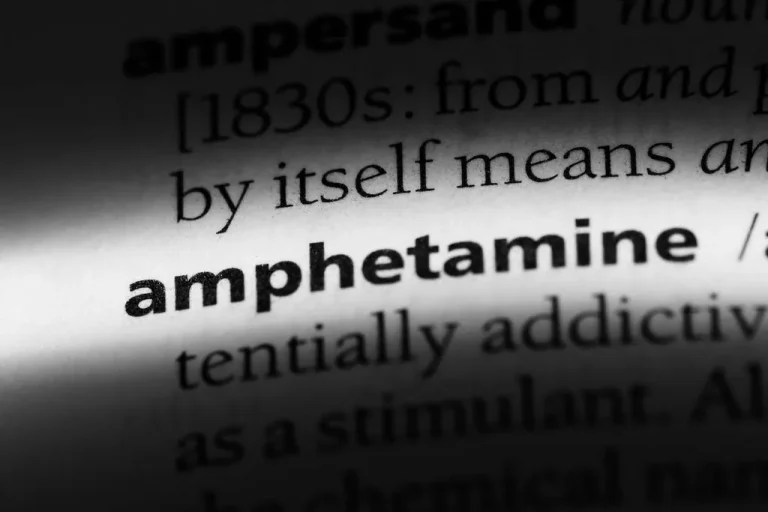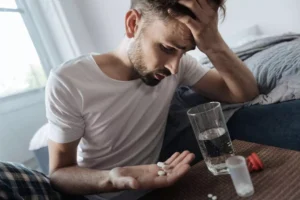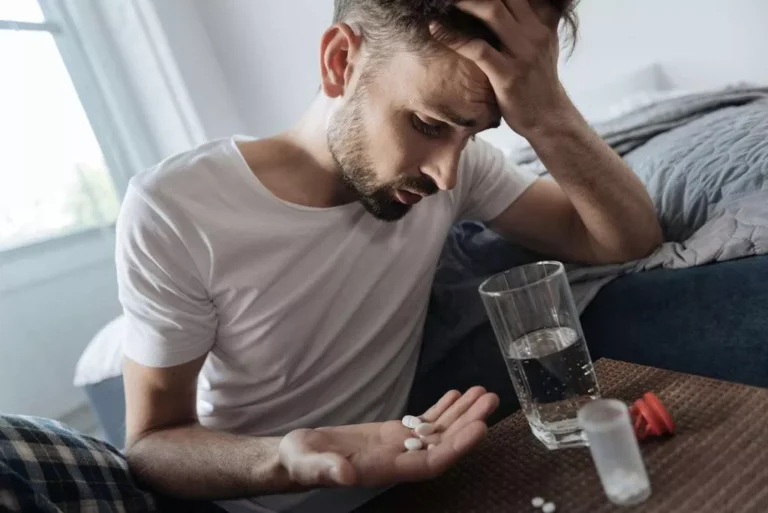
Compared to retrospective assessments of the alcohol and depression order of onset for co-occurring disorders, assessments of prospective relative risk (i.e., the risk for developing a condition given the presence or absence of another condition) provide more information about conferred risk. For example, people typically experience onset of social anxiety disorder before they are old enough to legally purchase alcohol, so the anxiety disorder typically precedes problems with alcohol. Therefore, retrospective assessments showing that social anxiety disorder commonly precedes problems with alcohol superficially suggest that the former causes the latter.
Top doctors in ,

Physical symptoms can include changes in appetite or weight (usually decreased, but sometimes increased), lack of energy, low sex drive and disturbed sleep. This review of literature from multiple disciplines required sacrificing depth for breadth. The material cited is largely limited to seminal studies and other reviews.
Can Alcohol Cause Anxiety or Make it Worse?
- This is consistent with prospective, observational studies showing that having either an anxiety disorder or AUD at any time increases the relative risk for future development of the other disorder.
- A 2019 review reveals that depressive disorders are the most common mental health disorders in people with AUD.
- The initial symptoms of anxiety and panic may be related to alcohol withdrawal.
- In fact, 50% of people receiving treatment for alcohol use disorder also live with an anxiety disorder.
It’s common for people with social anxiety disorder to drink alcohol to cope with social interactions. Doing this can lead to a dependence on alcohol during socializing, which can make anxiety symptoms worse. Despite the availability of several evidence-based medications and behavioral therapy approaches for treating co-occurring AUD and depressive disorders, improvements in treatment for this population are clearly needed. Consideration of disorder heterogeneity and key subgroup differences may help develop more targeted and personalized treatments to improve outcomes for this population. The substantial variability in the course of co-occurring AUD and depressive disorders may reflect discrete underlying mechanisms, requiring distinct treatment approaches.
- Be sure to spread those drinks out evenly over the week and have drink-free days in between.
- Alcohol affects the levels of serotonin and other chemicals in your brain, so it affects your body and mind in various ways the next day.
- Integrated treatment approach that simultaneously target substance use and mental health symptoms when there is a co-occurrence have demonstrated superior efficacy compared to standalone interventions.
- AUD and depressive disorders appear to share some behavioral, genetic, and environmental risk factors, yet these shared risks remain poorly understood.
- Bad sleep can easily affect your mood the next day, since exhaustion and lingering physical symptoms can make it tough to concentrate.
- Perhaps currently unknown factors—cultural, psychological, or biological—protect these biologically vulnerable individuals by discouraging drinking to cope.
How alcohol worsens anxiety
Efforts to mitigate the deleterious effects of co-occurring anxiety disorders on alcohol treatment outcomes, as well as to illuminate causal influences between these conditions, have inspired investigations into how treatment for one co-occurring condition affects symptoms of the other condition. For example, if an anxiety disorder maintains alcohol misuse, effectively treating the anxiety should reduce alcohol use and reduce the likelihood of relapse after treatment. In one study, researchers administered paroxetine or placebo in a double-blind fashion to participants who had AUD and social anxiety disorder.25 They found that although the medication was clinically effective in reducing social anxiety symptoms, alcohol use severity was unchanged. Fortunately, several important ongoing studies will help answer some remaining questions regarding the treatment of coexisting depressive or anxiety disorders in the context of alcoholism. The COGA investigation will gather more data regarding potential alcoholic subtypes and will continue to explore possible genetic linkages between alcohol dependence and major depressive and major anxiety disorders. Certain ongoing treatment studies also are further evaluating the potential usefulness of buspirone, some specific anti-depressants, and other medications that affect brain chemicals as potential components for treating alcoholism.
- “An experienced psychiatrist or another mental health professional familiar with mood disorders and the effects of alcohol abuse can be instrumental in recommending appropriate medications and monitoring medication efficacy,” says Kennedy.
- Among people in treatment for DSM-IV AUD, almost 33% met criteria for major depressive disorder in the past year, and 11% met criteria for dysthymia.
- These effects can make it seem like drinking alcohol is providing the person with relief from their anxiety.
- Alcohol is a natural disinhibitor — meaning it can cause you to make choices you may not make while sober.
- It takes your body and liver about eight hours to remove what’s essentially a poison.
Drinkchat
Read our review of the best online therapy options to find the right fit for you. CBT can teach you ways to modify your thoughts and behavior to feel better and help you avoid misusing alcohol. Many doctors recommend patients check into a rehabilitation facility. https://ecosoberhouse.com/ These clinics can help someone go through the withdrawal process with medical supervision.
Depression and Alcohol Use Disorder: Are They Connected?

If you think you have a problem with alcohol, seek help from your doctor right away. In the United States, “moderate” typically refers to two drinks a day for adult men and one for women. Older adults metabolize alcohol faster, so if you’re in this age group, limit yourself to one alcoholic beverage per day. Research shows that people with alcoholism find it difficult to recover from traumatic events. This is possibly because of the effects of alcohol abuse, which can actually change brain activity. According to the Anxiety and Depression Association of America (ADAA), about 7 percent of Americans have this form of anxiety.

Information was available on the subjects’ psychiatric symptoms and AOD-use patterns and problems, both at the time of enrollment into the study and at several points during the long-term follow-up. Despite finding that rates of alcohol abuse or dependence were relatively high in both samples, the researchers saw no evidence that preexisting depressive or anxiety disorders occurred at higher rates among those subjects who later developed alcoholism. Indeed, several disorders are more likely to be observed in COA’s than in control groups, including conduct problems, such as difficulties with discipline at home or in school (Schuckit and Hesselbrock 1994).
Prospective relative risk
Each of these studies is taking steps to evaluate the importance of these psychiatric medications while considering whether subjects’ depressive or anxiety syndromes are likely to be alcohol induced or may indicate longer term independent psychiatric disorders. A recent report from the Collaborative Study on the Genetics of Alcoholism (COGA) focused on 591 personally interviewed relatives of alcohol-dependent men and women (Schuckit et al. 1995). After controlling for potential alcohol-induced anxiety conditions in relatives, the lifetime risk for any major anxiety disorder in the male and female relatives of alcoholics was between 6.7 and 6.9 percent, rates not different from those expected in the general population.

Leave A Comment